When she gave me the book “Photographs: Malick Sidibé,” Alana told me she got it because Sidibé’s images reminded her of BiniChic. Sidibé composed his portraits as if arranging a painting, beautifully capturing the rapidly modernizing Malian youth culture of the 1960s, 70s and 80s. Juxtaposing shapes, textures and charismatic subjects, his work is full of rustic glamour.
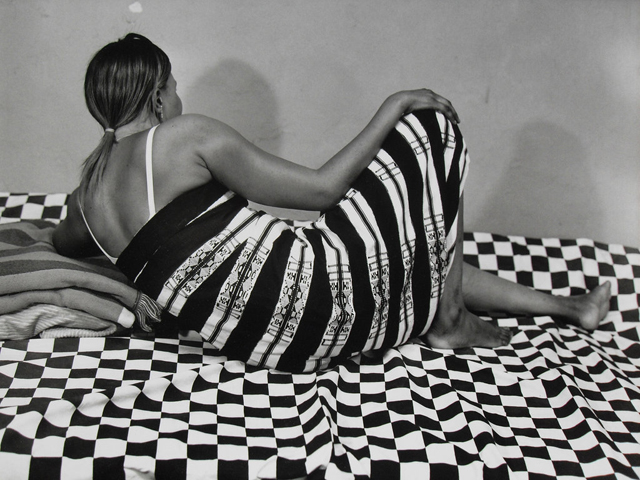
Throughout his career, Malick Sidibé captured an Africa that goes far beyond the stereotypes, showing us the daily lives of its people, telling us their stories and showing a great complicity between the photographer and his subjects.
Malick Sidibé’s images are a vivid portrayal of the society he grew up with in his native Mali. Once a French colony, the country finally achieved independence in 1960, coinciding with the beginning of Sidibé’s career (1958). A popular photographer in the capital — Bamako — Sidibé was a welcome guest at parties, beach outings and other social gatherings, taking spontaneous and elegantly composed black and white photographs.
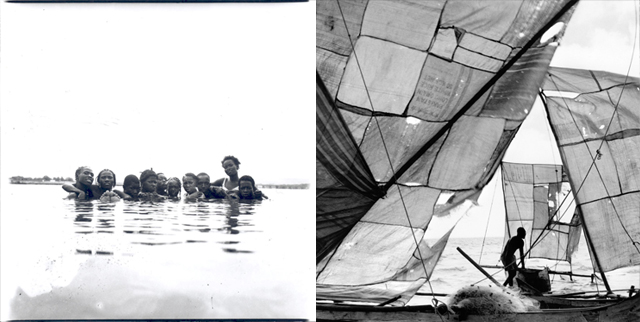
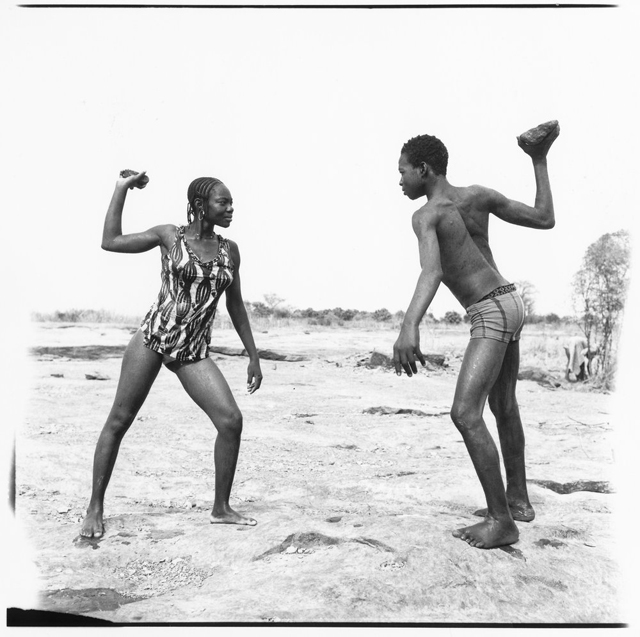
It is clear throughout Sidibés’ work that his subjects are comfortable with his presence. Outside of his studio, his subjects are often caught dancing, laughing or otherwise enjoying life. Sometimes, however, Sidibé takes on the role of a director and creates compositions with his models that remind us of the statuesque bodies and forms in classical art.
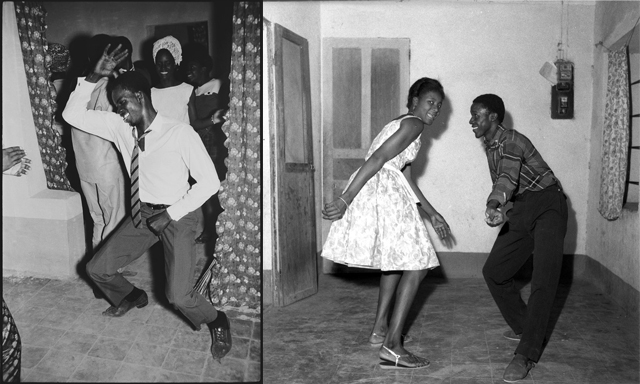
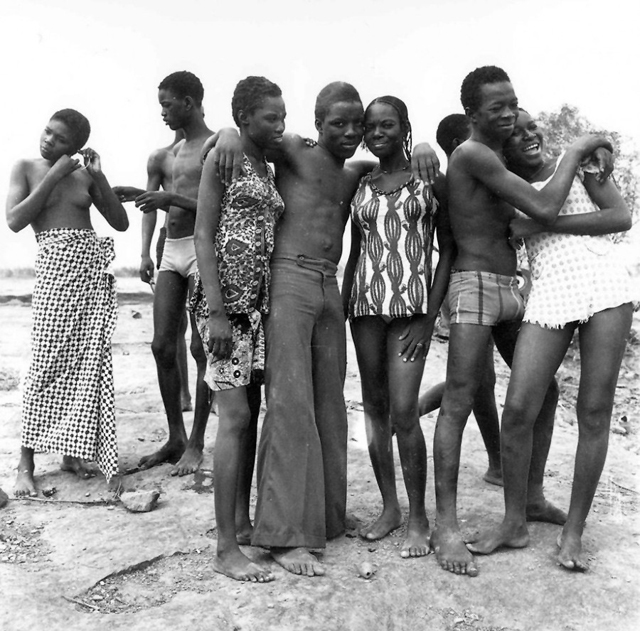
His work captures what could be called the African Dolce Vita. His clients often came to his studio to capture memorable moments for posterity: a new dress, a new motorcycle, a happy family or a reunion of friends could be valid enough reasons to go to Studio Malick. With confidence, the subjects pose with their favorite objects, as if leaving us a testament of the fads and trends of the Bamanko they lived in.
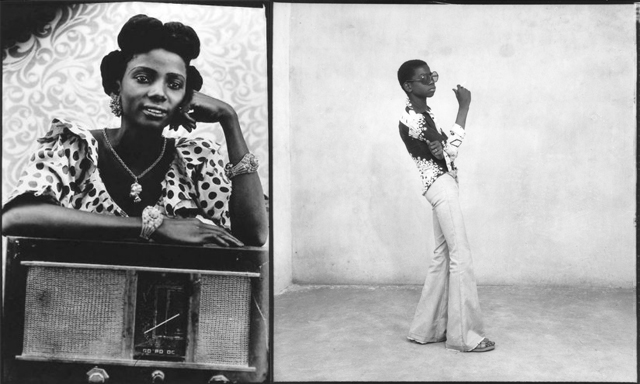
“Sidbé’s ebullient images take place in a variety of settings: either outdoors in one of Mali’s newly minted nightclubs, house parties spinning the latest James Brown album, picnics on the bank of the River Niger or indoors at Studio Malick. In 1958, he opened his own studio to take photographs of “Africans for Africans,” and by 1965, the young people knew to go to Studio Malick with their Vespas and latest goods straight from Saint Germain des Prés. Sometimes the props in the portrait did not belong to the client but reflected the aspiration of the sitter, making Studio Malick a powerful place to realize the dreams of an emergent culture.” (Malick Sidibé Photographs, ed. Hasselblad Center/Steidl, 2003)
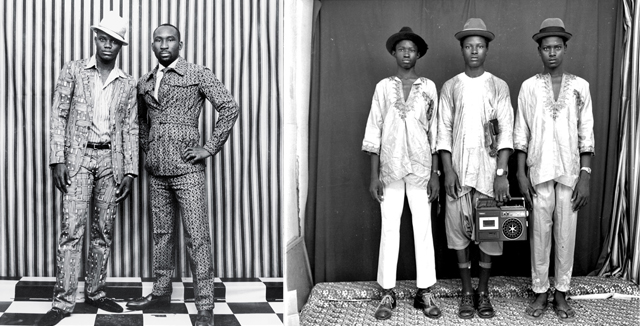
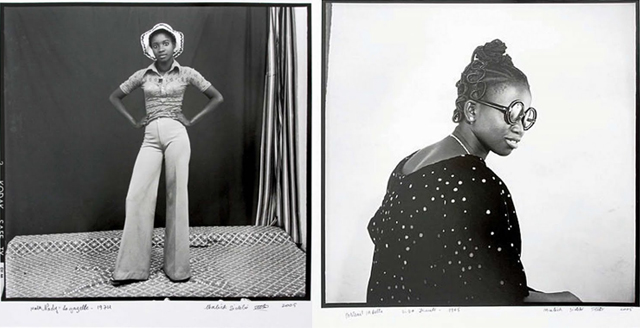
In a fortuitous twist, Alana’s drawings — the friend who had given me Sidibés book — remind me of the photographer’s studio portraits. Her New York Subway series — done half way around the world nearly 50 years later — has a spontaneity also found in Sidibé’s photographs.
In both of their work, the artists let us glimpse into their subject’s world, even if just for a moment. Their work shares a stylistic sensibility — the patterns on the fabrics, clothes and backgrounds have a flow, a familiarity that relates them to each other.
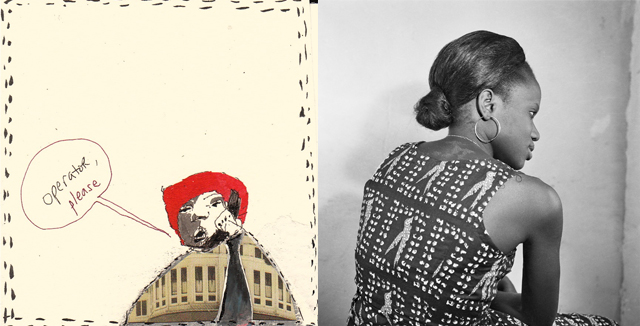
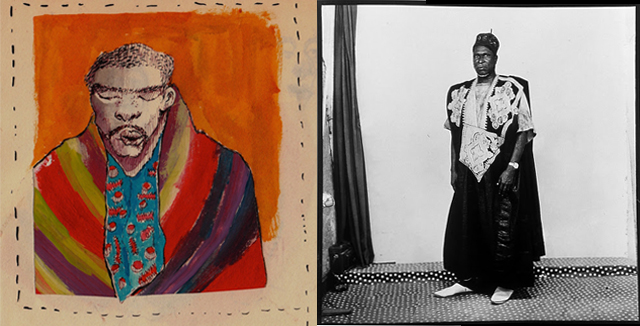
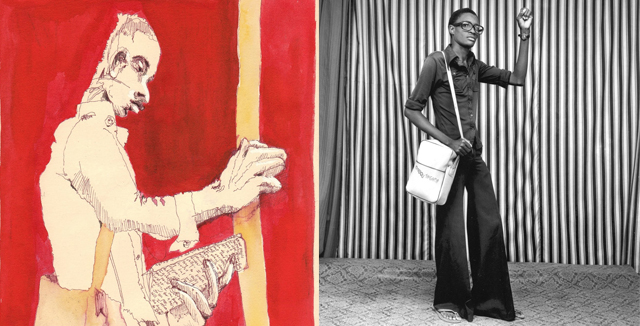
Finding beauty in things that are imperfect, impermanent and incomplete is an aesthetic philosophy that originated in Japan, but which has been echoed around the world. In the same way, we could say that what we define as binichic is also very much an African aesthetic.
Malick Sidibé‘s work is a wonderful example of finding beauty and elegance in the mundane, with the use of the bare essentials. Mixing old and new, recycled and designed, simple and fussy — it is a joy to see how the world around us is filled with these opposite and complementary manifestations of beauty.




Beautiful photos. Love the motifs you have highlighted!
Este Liebster Blog Award es para ti.
Pásate por mi blog y lo verás publicado.
Saludos!
It is very nice shopping blog and I like it.
Pingback: Gravity and Grace | BiniChic | Mediterranean Lifestyle